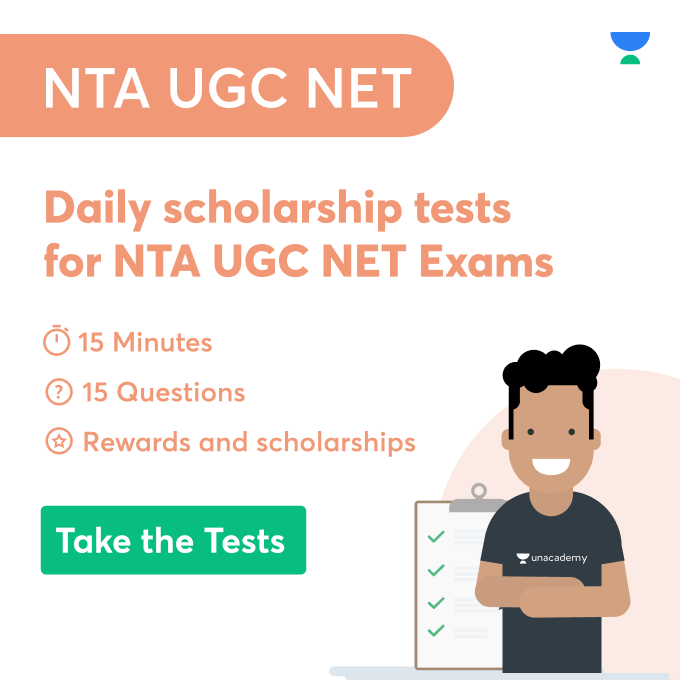What is data sufficiency?
Data sufficiency means checking and testing a given set of information to see if it is enough to answer a given question. These are designed to test the candidate’s ability to correlate every provided question to reach a conclusion. Above all, data sufficiency comes with broader attributes for testing the candidate’s knowledge and ability.
Before directly solving the question, the aspirants must know the concept behind data sufficiency questions in logical reasoning, as well as the basics of data sufficiency and verbal reasoning.
Explain the concept of data sufficiency
Data sufficiency is the process of determining if the given set of information is sufficient to answer the questions. Aspirants preparing for government examinations read through the data and determine if it provides information that can aid them in answering the given question.
Most of the time, questions related to sequence, ranking, blood relations, puzzle tests, coding-decoding, etc., are asked. It includes either two or more two statements. Using these clues or data, the candidate reaches the actual answer. Here, the aspirant needs to choose whether the data is enough to find the correct answer.
Explain the types of data sufficiency
In government examinations, the concept of data sufficiency plays a crucial role. Here are the various types of data sufficiency:
Blood relation – It mainly focuses on the relationship between two individuals. Statements are given to come to the correct conclusion.
Order and ranking: In order and ranking, data on people’s ranking or their order will be given. Statements will be given to find the right solution.
Direction and distance: These provide data about the direction or distance travelled by an individual. Statements will be given to determine the right solution.
Tips to solve questions based on data sufficiency
Here is a list of tips and tricks used for solving data sufficiency problems. Let’s get started!
Firstly, it is crucial to understand the overall pattern suggested in the analogy. Since it is difficult, it might appear complicated in the first go.
If the candidate fails to understand the given pattern, they may fail to judge the options rightly.
Reading the questions carefully and eliminating options that are a definite no from the candidates’ perspective is the most crucial step.
Scoring marks in questions based on the analogy is easy as they are non-complicated and, mostly, direct.
To solve these questions, understanding basic static GK is crucial.
What is logical reasoning?
Also known as deductive reasoning, logical reasoning involves drawing conclusions from premises. The correct answer must be derived from a grasp of the concept, as related questions are mostly concept-based. At times, there are surprise questions as well. If you appear for any government examination, be prepared with all concepts.
Logical reasoning is classified into two parts:
Logical reasoning
Quantitative aptitude
Logical reasoning is further classified into two different sections :
The first is verbal reasoning. It can be defined as having a thorough understanding of the given concept. Examiners can use this test to determine how well a candidate can understand a question and choose the correct answer while applying it to a sentence.
The second is non-verbal reasoning. It can be defined as thoroughly understanding the mentioned concept and extracting answers to the expressed problems. In this case, the problem is mentioned in figures, numbers, and letters.
Here are the steps to solve logical reasoning questions:
Go through the data carefully
Understand and analyse the intricacy involved
Fetch all potential solutions
Start comparing all obtained solutions from all possibilities
Reach the most logical solution
The logical reasoning section contains different types of analogy questions: verbal questions, image-based questions, puzzle questions and sequence questions. Each requires a different approach to answering.
The concept of analogy reasoning
Analogy reasoning compares two things with one another, with conclusions drawn based on similarities or dissimilarities. The two types of analogy based questions in logical reasoning are:
Odd One Out: This is a series of options given based on specific patterns. It is most likely that one of the options presented will be the odd one out. That particular option needs to be selected by the candidate.
Choosing the Same Pair: This is a series of options based on specific patterns. The candidate must identify the same pattern options from the given ones out of all the given options.
There are five categories of analogy reasoning:
Word-based analogy
Number-based analogy
Number and letter-based analogy
Image-based analogy
General knowledge-based analogy
Conclusion
Data sufficiency can be described as answering questions through statements that offer data or clues to answer the given questions. These clues are then used to find the correct answer. In this case, the aspirate is expected to know if the given answer is right or wrong. In this case, the aspirate must know if the given answer is right or wrong.
 Profile
Profile Settings
Settings Refer your friends
Refer your friends Sign out
Sign out






